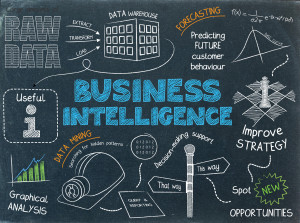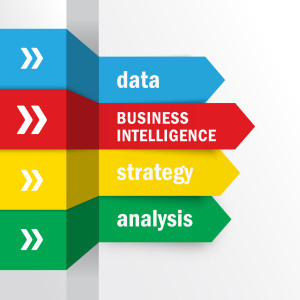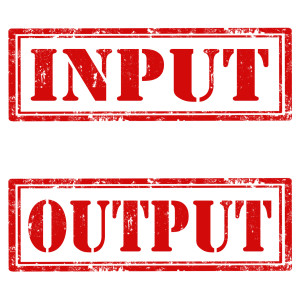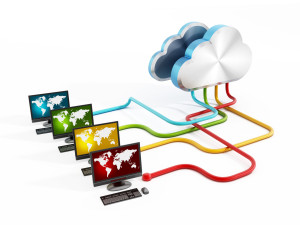Have you ever been having a conversation with a consultant, but were unaware of the buzzwords that kept being brought up? Often times in the business intelligence industry, this is the case. However, we understand that an informed consumer is the best kind of customer and we would rather you have a firm understanding of your potential BI options than to be overwhelmed by keywords.
That’s why in this post we’re going to break down the popular terms that are frequented in BI circles. These terms are the ones that are more broadly considered BI solutions.
 “Products”
“Products”
In the BI community, the term product is arguably the most generic. It can refer to many things outside of a business intelligence context, but within its context, the definition is quite simple.
If you find yourself shopping for a tool to use to enhance the way your company gathers, tracks, displays and analyzes your data, you’ll find products on the sales floor that are dedicated to helping you accomplish your mission. While you may have found an answer to your professional need, you will likely need a professional BI consultant to help you integrate and implement the new product into your existing system.
“Solution Accelerators”
Solution accelerators are also known as blueprints. They are likely a collection of tools that have been used on prior projects. Project tools like data connectors, transformation logic, metrics, data models and dashboards are prime examples of a solution accelerator.
Instead of starting a project from the very beginning, these tools (for a lack of a better term) accelerate the overall process of using business intelligence to your full potential.
“Architecture”
The architecture of a BI system deals with the framework that organizes the data. Its role is crucial because it affects development and the decisions made in implementation. It includes data sources that users need to analyze their statistical information.
Depending on who you ask, structured or unstructured data is included in the makeup of BI architecture. This overall framework is customizable and can include applications like reporting, data mining, data visualization tools and more.
Before You Commit…
When you’re on the market searching for a new product, it’s super important to do your research beforehand so you’re not perplexed when the time comes to choose your BI solution. Knowing the difference between these keywords not only saves you time in the purchasing process, but it also gets you closer to understanding which solution will truly meet your company’s needs.
Whether you already know what you’re looking for or if you need guidance in making the right decision, feel free to contact one of our representatives. We’ll gladly assist you in clearing up any confusion you may have with understanding business intelligence and any of its tools.


















